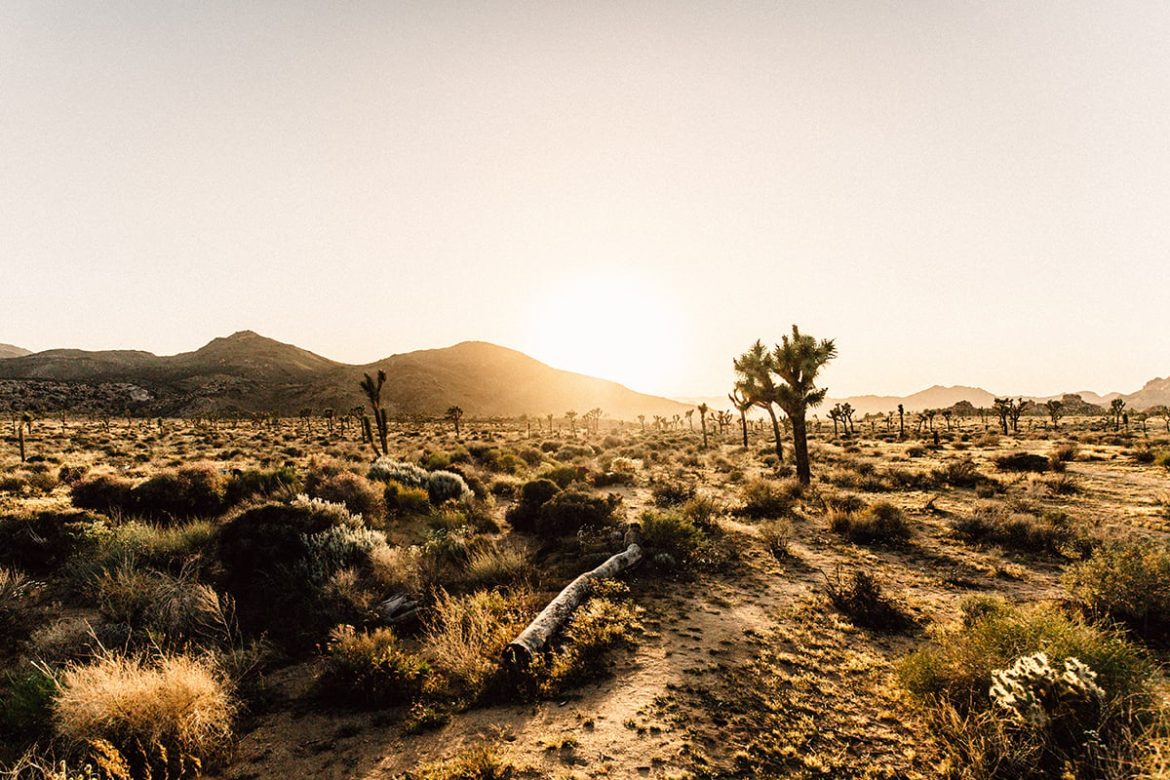Nestled in the heart of Southern California, Joshua Tree National Park is a surreal desert landscape that feels like a world unto itself. Named after the twisted, spiky Joshua trees that dot its terrain, this park is a haven for adventurers, artists, and stargazers alike. With its unique rock formations, vast desert vistas, and otherworldly atmosphere, Joshua Tree offers an escape into nature that is both rugged and inspiring.
The Landscape: Where Two Deserts Meet
Joshua Tree National Park is unique because it sits at the intersection of two distinct desert ecosystems: the Mojave and the Colorado Deserts. The Mojave Desert, higher in elevation, is home to the iconic Joshua trees, while the Colorado Desert features sprawling stands of creosote bushes, ocotillos, and cholla cacti.
The park’s rock formations are a highlight, drawing climbers and hikers from around the world. Giant boulders and monoliths like Skull Rock and Jumbo Rocks create a playground for exploration. Hidden Valley, a scenic loop trail, offers a glimpse into the park’s rugged beauty and is a favorite among visitors.
Things to Do in Joshua Tree
- Hiking: With over 100 miles of trails, there’s something for everyone. Don’t miss the Ryan Mountain Trail for panoramic views or the Cholla Cactus Garden for a magical sunrise experience.
- Rock Climbing: Joshua Tree is a world-renowned climbing destination. Whether you’re a beginner or an expert, the park’s granite formations offer endless opportunities.
- Stargazing: Designated as a Dark Sky Park, Joshua Tree boasts some of the clearest night skies in the US. The Milky Way shines brightly, making it a dream spot for astrophotography.
- Photography: The park’s unique flora, dramatic rock formations, and golden light at sunrise and sunset make it a photographer’s paradise.
- Explore Hidden Oases: Visit the 49 Palms Oasis or Lost Palms Oasis to discover lush palm groves hidden in the desert.
Wildlife and Flora
Despite its arid environment, Joshua Tree is teeming with life. Keep an eye out for desert dwellers like roadrunners, jackrabbits, and bighorn sheep. The park is also home to a variety of reptiles, including lizards and snakes. In spring, the desert blooms with wildflowers, creating a colorful contrast against the stark landscape.
Practical Tips for Visiting
- Best Time to Visit: Spring (March to May) and fall (October to November) offer mild temperatures, perfect for hiking and exploring. Summers can be extremely hot, while winters are cooler but still pleasant.
- Stay Overnight: Camping in Joshua Tree is an unforgettable experience. Popular campgrounds include Hidden Valley and Jumbo Rocks. For a more comfortable stay, nearby towns like Joshua Tree and Twentynine Palms offer hotels and vacation rentals.
- Pack Wisely: Bring plenty of water, sunscreen, and sturdy shoes. The desert can be unforgiving, so it’s essential to be prepared.
Why Visit Joshua Tree?
Joshua Tree National Park is a place of contrasts—harsh yet beautiful, rugged yet serene. It’s a destination that invites you to slow down, explore, and connect with nature. Whether you’re climbing rocks, hiking through hidden valleys, or simply gazing at the stars, Joshua Tree has a way of leaving you in awe.
So, pack your sense of adventure and head to this desert wonderland. Joshua Tree is waiting to inspire you.

